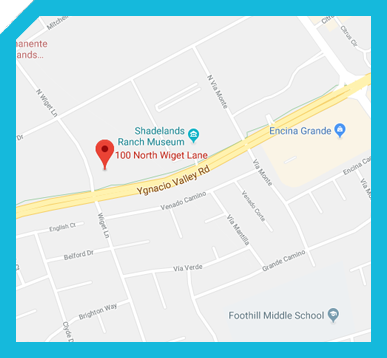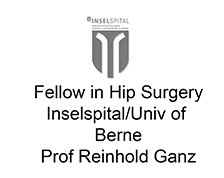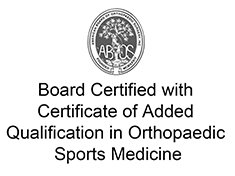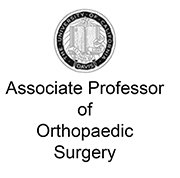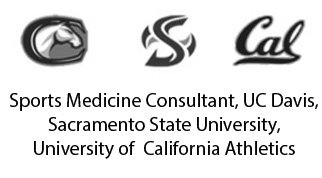
Hip pain affects roughly 40% of athletes and active adults and around 15% of all people over 60.1The causes of hip pain are complex, but one of the most common is linked to a hip labral tear. According to research, up to 55% of individuals who experience hip or groin pain have experienced a labral tear. 2 Over time, certain chronic conditions or simple everyday wear and tear from repetitive motions may lead to hip labral tears.
The labrum is composed of fibrocartilage and acts like a rubber seal, securely holding the ball at the top of your thigh bone in the hip socket. It also contributes to hip stability by deepening the socket and protecting the joint surface. A healthy labrum helps maintain hip alignment and seals the fluid inside the joint to enable smooth joint motion. Hip pain from a labral tear causes discomfort and often limits a person's mobility, leading to a diminished overall quality of life.
Take a look at these warning signs of a labral tear in your hip:
- Hip pain: Deep pain in the hip is often the most telling sign of a labral tear. A labral tear is frequently mistaken for a groin strain. The pain also intensifies with sports activities and rotation of the hip.
- Hip clicking or catching: It may feel like the bone gets caught in the socket, or you may hear the hip popping during everyday movements.
- Hip instability: The hip and leg sometimes feel that they will give way, especially when going up stairs or activities that cause hip rotation.
Certain patients with diagnosable labral tears of the hip may not experience noticeable pain. The hip locking up may be the only symptom. Be sure to receive a professional diagnosis to determine the proper treatment regimen. Certain labral tears may be treated with nonsurgical options successfully for years. There are always hip arthroscopy surgery options if a patient has not experienced relief with nonsurgical options.
Today, minimally invasive arthroscopic procedures offer patients faster recovery times, less postoperative pain, swelling, and better patient outcomes. Most recover fully from labrum surgery within 4 to 6 months ,and can often return to previous athletic pursuits and physical activity.3
Each patient's condition and injury are unique. Dr. Amir Jamali at the Joint Preservation Institute can help you with an expert opinion on the causes of your hip pain.
Dr. Amir Jamali, founder of the Joint Preservation Institute, is a board-certified fellowship-trained orthopedic surgeon in Northern California specializing in treatments for the knee, hip and shoulder.








 Sign You Might Have a Labral Tear in Your Hip
Sign You Might Have a Labral Tear in Your Hip 
